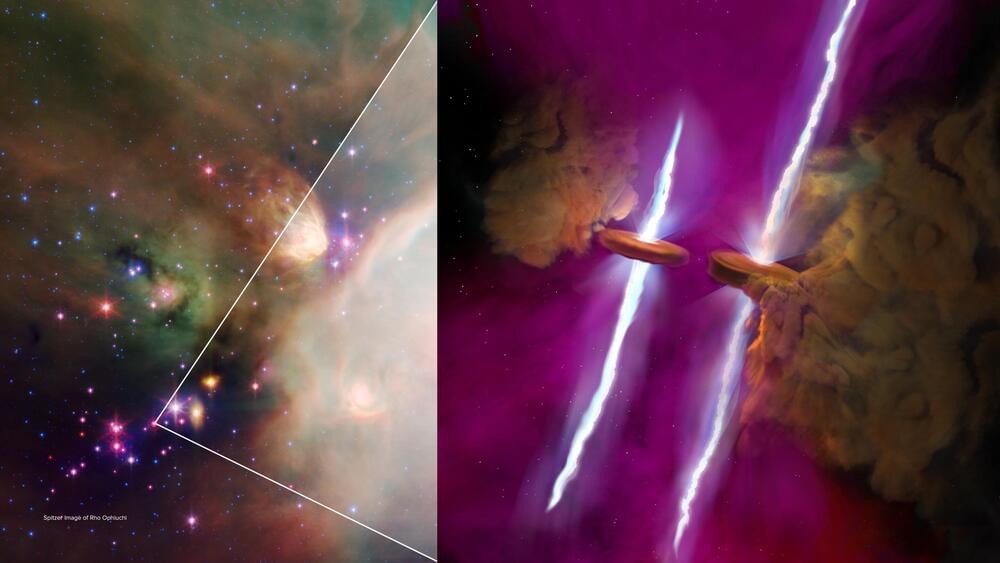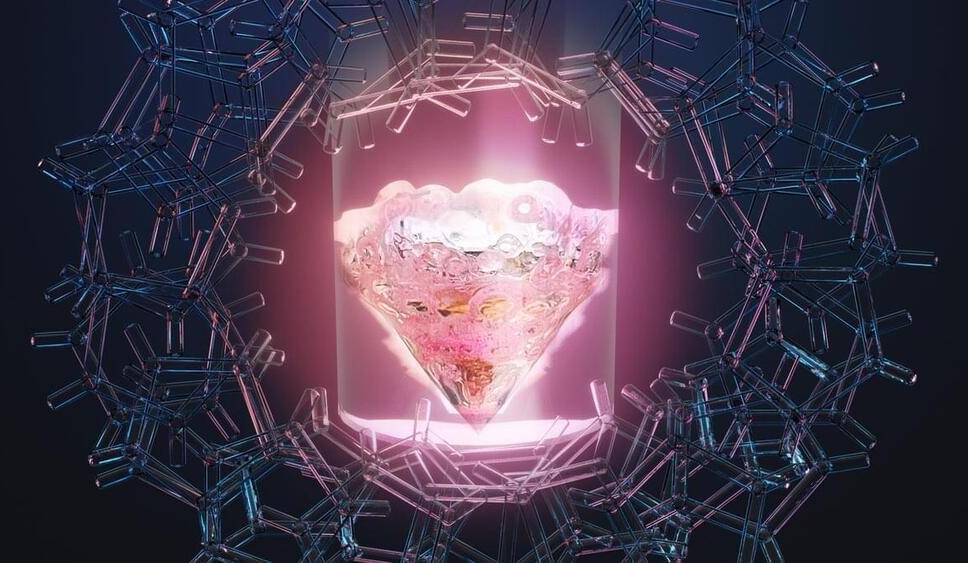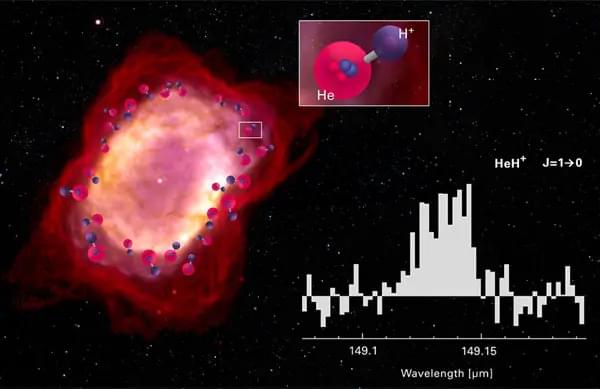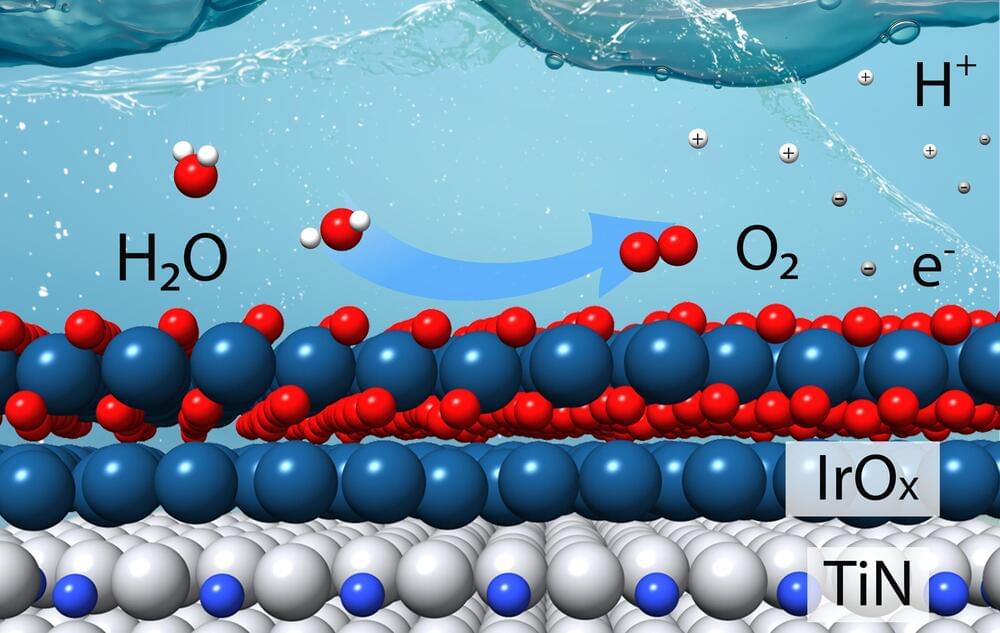Most of the universe is invisible to the human eye. The building blocks of stars are only revealed in wavelengths that are outside of the visible spectrum. Astronomers recently used two very different, and very powerful, telescopes to discover twin disks—and twin parallel jets—erupting from young stars in a multiple star system.
This discovery was unexpected, and unprecedented, given the age, size, and chemical makeup of the stars, disks, and jets. Their location in a known, well-studied part of the universe adds to the thrill.
Observations from the U.S. National Science Foundation’s (NSF) National Radio Astronomy Observatory’s (NRAO) Atacama Large Millimeter/submillimeter Array (ALMA) and NASA’s James Webb Space Telescope’s (JWST) Mid-Infrared Instrument (MIRI) were combined for this research.








